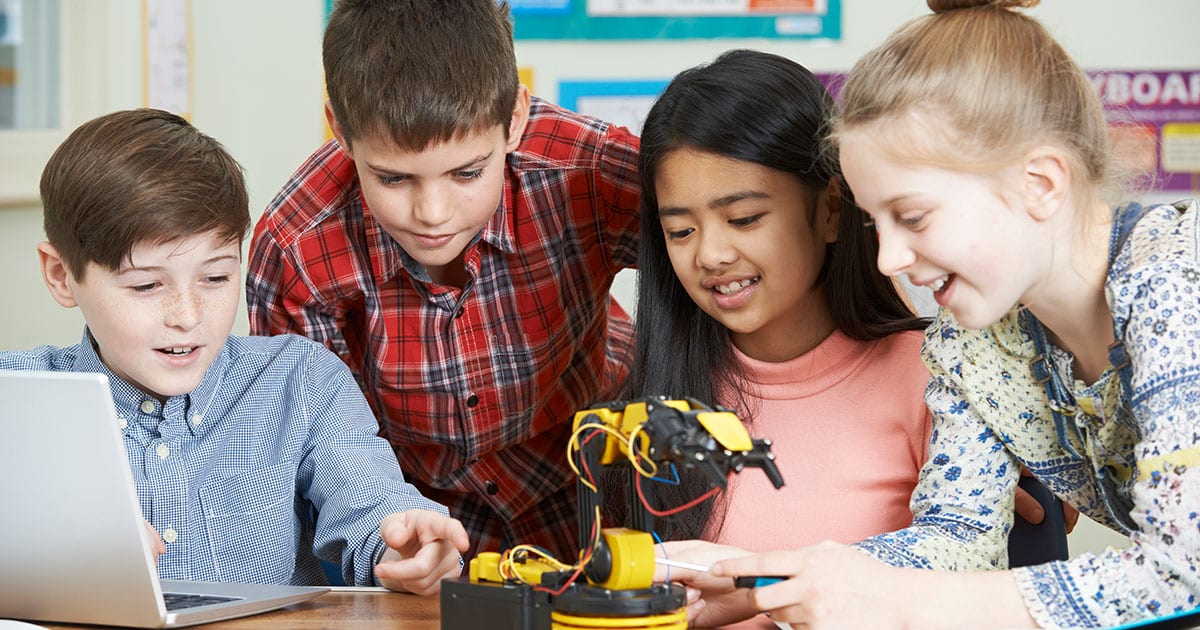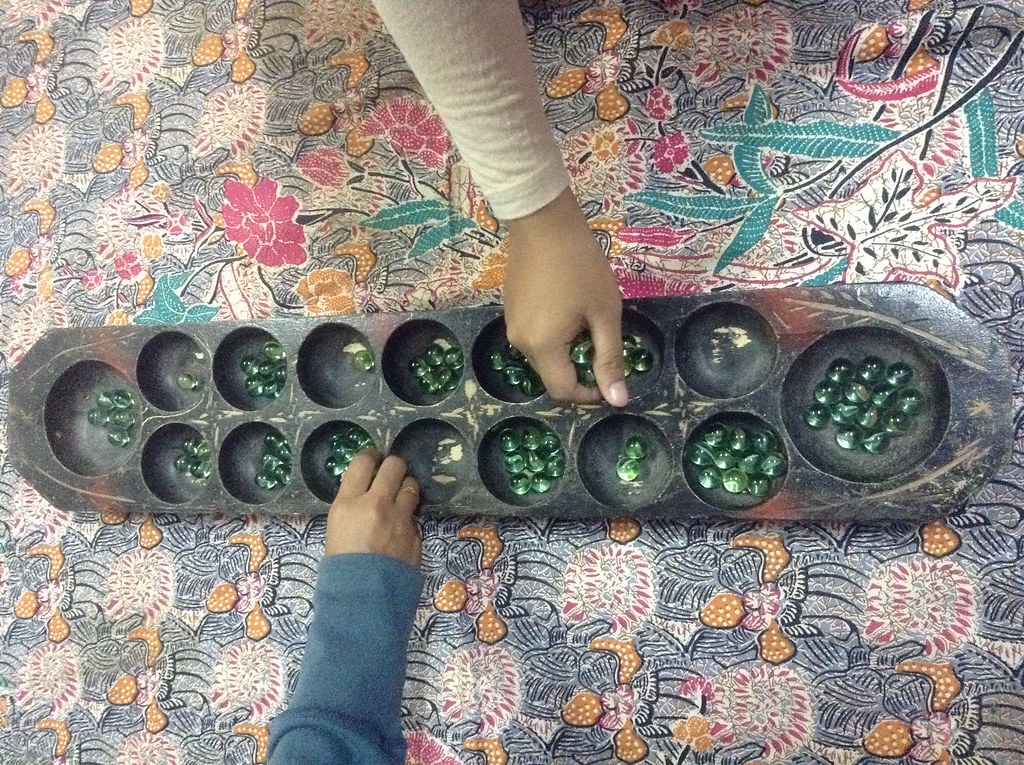
1. Provide them with open-ended materials
Providing open-ended materials to your child is a great way to encourage their creativity and imagination. These materials, such as building blocks, paint, clay, paper, and other art supplies, allow your child to use their imagination and create anything that comes to mind. By providing them with materials that have no predetermined outcome or instructions, your child is free to experiment, explore, and make their own decisions. For example, when playing with building blocks, children are not limited to constructing only one specific thing, such as a house or a car. Instead, they can build anything they imagine, from a tower to a spaceship to a robot. This type of play encourages children to think outside the box and explore new ideas and possibilities.

Photo by 5T3M
2. Encourage pretend play
Encouraging pretend play is a fantastic way to stimulate your child's creativity and imagination. Pretend play allows children to act out different scenarios and roles, which helps them develop their language, social, and emotional skills. It also allows children to explore new ideas and experiences in a safe and imaginative way. During pretend play, children use their imaginations to create their own stories, characters, and settings. They can imagine themselves as superheroes, doctors, teachers, chefs, or any other role they find interesting. By taking on these roles, children can explore different perspectives and develop empathy for others. Pretend play also allows children to practice problem-solving skills and develop their creativity. For example, if they are playing with dolls, they may need to come up with a storyline or create a new outfit for their doll. This type of play encourages children to think creatively and use their imagination to come up with new ideas and solutions.
3. Read and tell stories
When you read or tell stories to your child, you expose them to new ideas, places, and characters that they may not have encountered otherwise. This stimulates their imagination and helps them develop their curiosity and creativity.
As your child listens to stories, they can use their imagination to visualize the characters, settings, and plot. They can also ask questions, make connections, and come up with their own interpretations and ideas. This type of engagement fosters their critical thinking skills and helps them develop their own unique perspectives. Furthermore, reading and telling stories can also help develop your child's language and literacy skills. Exposure to a wide variety of stories and language helps children develop their vocabulary, grammar, and comprehension abilities. These skills are essential for future academic success.

Photo by 5T3M
4. Allow unstructured playtime
Unstructured playtime is free from adult direction, rules, and goals. This type of play allows children to use their imaginations and create their own games and activities. It also helps them develop problem-solving skills, independence, and social skills. During unstructured playtime, children are free to experiment, explore, and make their own decisions. They can play with toys, run around outside, build forts, or anything else they can imagine. This type of play allows children to take risks and make mistakes, which are important for learning and growth. Unstructured playtime encourages children to think creatively and use their imaginations. For example, they may turn a cardboard box into a spaceship or create a castle out of pillows and blankets. This type of play fosters their creativity, and allows them to explore new ideas and possibilities.

Photo by 5T3M
5. Support their interests
When you support your child's interests, you are sending the message that their ideas and passions matter. This can inspire them to explore new ideas and take risks, which can be a valuable foundation for creativity. When children are interested in something, they naturally want to learn more about it. This can lead to a deep exploration of a subject, as they look for information, ask questions, and make connections between different ideas. This process of exploration can be a rich source of creativity, as children use their imaginations to make sense of the world around them. By supporting your child's interests, you are also providing them with the resources they need to explore their ideas further. This may involve providing them with books, materials, or experiences that help them deepen their understanding and develop their skills. Furthermore, supporting your child's interests can help them develop confidence in their abilities. When they see that their interests are valued and supported, they are more likely to take risks and try new things.

Photo by 5T3M
6. Let them make mistakes
When children are free to make mistakes, they learn to take risks and try new things. This can be an important foundation for creativity, as children experiment with different ideas and approaches. Making mistakes is a natural part of the learning process. When children are free to make mistakes, they can learn from them and adjust their approach. This can help them develop critical thinking skills and problem-solving abilities, which are essential for creativity. Furthermore, allowing your child to make mistakes can help them develop resilience and persistence. When they encounter obstacles or setbacks, they learn to keep trying and find new solutions. This can be a valuable foundation for creativity, as children learn to overcome challenges and pursue their ideas. Allowing your child to make mistakes can also help them develop a growth mindset. This means that they believe that their abilities can be developed through hard work and dedication.

Photo by 5T3M
As a conclusion, when children are free to explore, experiment, and take risks, they can develop the critical thinking skills, problem-solving abilities, and confidence they need to pursue their ideas and passions. By supporting their natural curiosity and providing them with the resources they need to learn and grow, you can help your child develop the creativity and imagination they need to succeed in school and life. Remember, every child is unique and has their own interests and strengths. By being responsive to your child's individual needs and abilities, you can create a supportive and nurturing environment that helps them reach their full potential. With your encouragement and support, your child can develop the creativity and imagination they need to thrive in a rapidly changing world.






